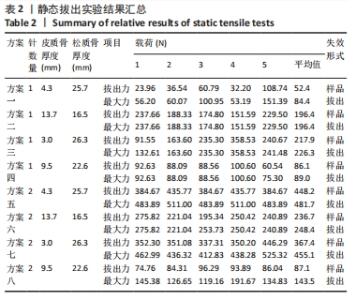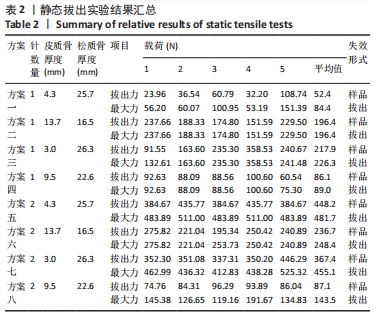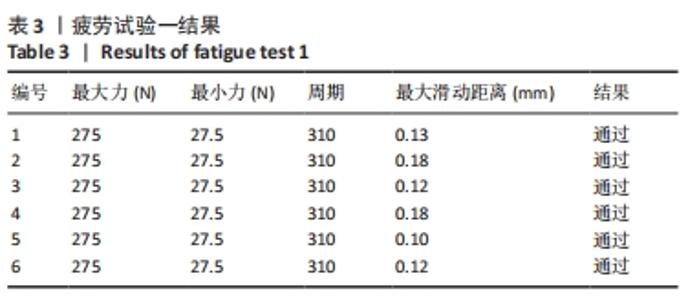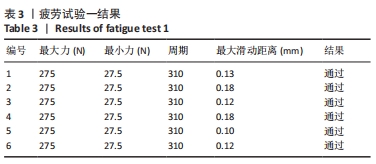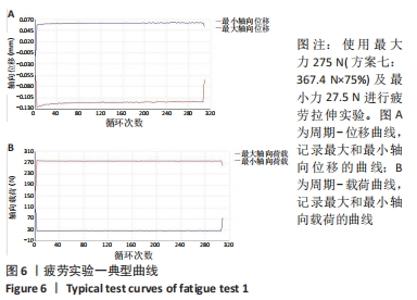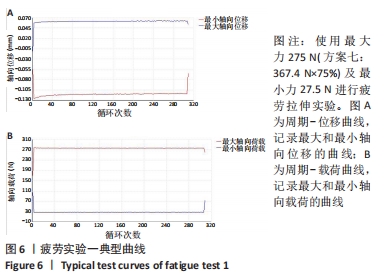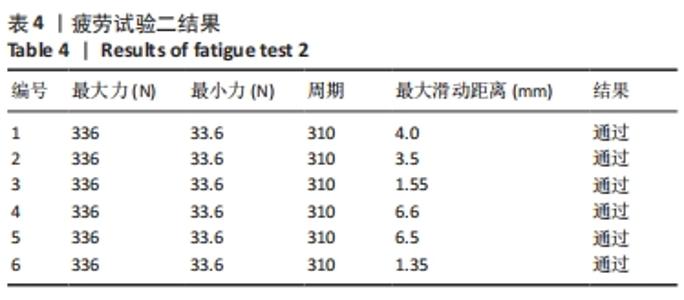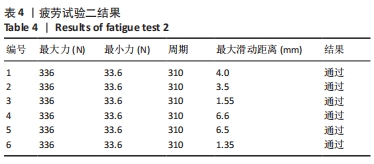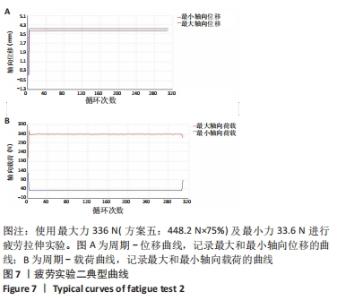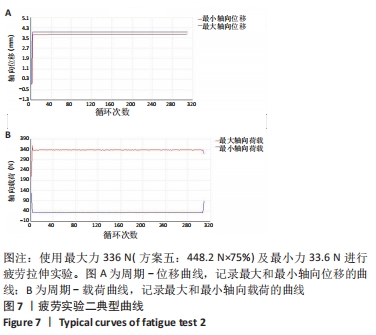[1] YAMAMOTO T, KOBAYASHI Y, NONOMIYA H. Undisplaced femoral neck fractures need a closed reduction before internal fixation. Eur J Orthop Surg Traumatol. 2019;29(1):73-78.
[2] NODA M, TAKAHASHI M, NUKUTO K, et al. Innovative technique of minimally invasive closed reduction for impacted femoral neck fractures (MICRIF). J Orthop Surg (Hong Kong). 2019;27(1): 2309499019832418.
[3] SCHNEIDER K, AUFDENBLATTEN C, DREHER T. Closed reduction and internal fixation of pediatric femoral neck fractures. Oper Orthop Traumatol. 2021;33(1):4-14.
[4] 吴剑,刘礼丹,况振宇.经皮撬拨复位与切开复位空心钉内固定治疗较难复位青壮年股骨颈骨折的比较[J].中国骨与关节损伤杂志, 2020,35(12):1280-1282.
[5] 许新忠,荆珏华,张积森,等.超声定位克氏针辅助复位治疗难复型股骨颈骨折[J].中华创伤杂志,2016,32(9):818-822.
[6] WANG CT, CHEN JW, WU K, et al. Suboptimal outcomes after closed reduction and internal fixation of displaced femoral neck fractures in middle-aged patients: is internal fixation adequate in this age group? BMC Musculoskelet Disord. 2018;19(1):190.
[7] 唐佩福.股骨近端三要素稳定理论的建立及其在股骨颈骨不连治疗中的意义[J].中华创伤骨科杂志,2020,22(12):1013-1018.
[8] 李佳,刘勃,刘松,等.中国中西部地区2010至2011年60岁以上股骨颈骨折流行病学对比[J].中华老年骨科与康复电子杂志,2018,4(1):38-42.
[9] STOFFEL K, ZDERIC I, GRAS F, et al. Biomechanical Evaluation of the Femoral Neck System in Unstable Pauwels III Femoral Neck Fractures: A Comparison with the Dynamic Hip Screw and Cannulated Screws. J Orthop Trauma. 2017;31(3):131-137.
[10] 许新忠,常菁,余水生,等.股骨颈系统固定治疗股骨颈骨折的近期疗效分析[J].中华创伤骨科杂志,2020,22(7):624-627.
[11] UPADHYAY A, JAIN P, MISHRA P, et al. Delayed internal fixation of fractures of the neck of the femur in young adults. A prospective, randomised study comparing closed and open reduction. J Bone Joint Surg Br. 2004;86(7):
1035-1040.
[12] PATTERSON JT, ISHII K, TORNETTA P 3RD, et al. Open Reduction Is Associated With Greater Hazard of Early Reoperation After Internal Fixation of Displaced Femoral Neck Fractures in Adults 18-65 Years. J Orthop Trauma. 2020;34(6):294-301.
[13] 李佳,陈华,李建涛,等.三角稳定固定系统治疗股骨颈骨折术后骨不连临床疗效[J].中国修复重建外科杂志,2021,35(7):795-800.
[14] ZLOWODZKI MP, WIJDICKS CA, ARMITAGE BM, et al. Value of washers in internal fixation of femoral neck fractures with cancellous screws: a biomechanical evaluation. J Orthop Trauma. 2015;29(2):e69-72.
[15] LICHSTEIN PM, KLEIMEYER JP, GITHENS M, et al. Does the Watson-Jones or Modified Smith-Petersen Approach Provide Superior Exposure for Femoral Neck Fracture Fixation? Clin Orthop Relat Res. 2018;476(7):1468-1476.
[16] WANG JG, WU JX, LI YM, et al. Biomechanical analysis of the closed reduction internal fixation with cannulated screw of femoral neck fractures. Medicine (Baltimore). 2021;100(8):e24834.
[17] ZHAO G, LIU C, CHEN K, et al. Nonanatomical Reduction of Femoral Neck Fractures in Young Patients (≤65 Years Old) with Internal Fixation Using Three Parallel Cannulated Screws. Biomed Res Int. 2021;2021: 3069129.
[18] 李智勇,张奇,陈伟,等.难复位性股骨颈骨折的概念提出与治疗[J].中华创伤骨科杂志,2011,13(11):1020-1023.
[19] 王娟,刘月驹,张奇,等.侧方入针股骨头干三维互动技术治疗成人难复位性股骨颈骨折[J].中华创伤骨科杂志,2013,15(5):382-385.
[20] 刘月驹,连晓东,李晗,等.应用两种股骨头干三维互动技术治疗难复性股骨颈骨折的疗效比较[J].中华骨科杂志,2015,35(6):670-672.
[21] SU Y, CHEN W, ZHANG Q, et al. An irreducible variant of femoral neck fracture: a minimally traumatic reduction technique. Injury. 2011; 42(2):140-145.
[22] SLOBOGEAN GP, STOCKTON DJ, ZENG B, et al. Femoral Neck Fractures in Adults Treated With Internal Fixation: A Prospective Multicenter Chinese Cohort. J Am Acad Orthop Surg. 2017;25(4):297-303.
[23] 辛景义,曹红彬.克氏针辅助闭合复位治疗难复性股骨颈骨折[J].中华骨科杂志,2013,33(7):708-713.
[24] 李建涛,张里程,徐高翔,等.股骨近端三角形结构重建失效对骨折手术失败的影响[J].中华骨科杂志,2020,40(14):928-935.
[25] 杜刚强,蒋昇源,付冠,等.新型定位装置在股骨颈骨折空心螺钉内固定中的辅助定位[J].中国组织工程研究,2020,24(18):2855-2860.
[26] 张长青,王清和,邱国良,等.股骨头、干三维互动复位技术治疗难复位性股骨颈骨折[J].中华创伤杂志,2014,30(3):217-220.
[27] 许新忠,徐春归,高哲辰,等.斯氏针辅助与徒手复位顺行髓内钉固定远端股骨干骨折的疗效比较[J].中华骨科杂志,2020,40(17): 1190-1196. |
